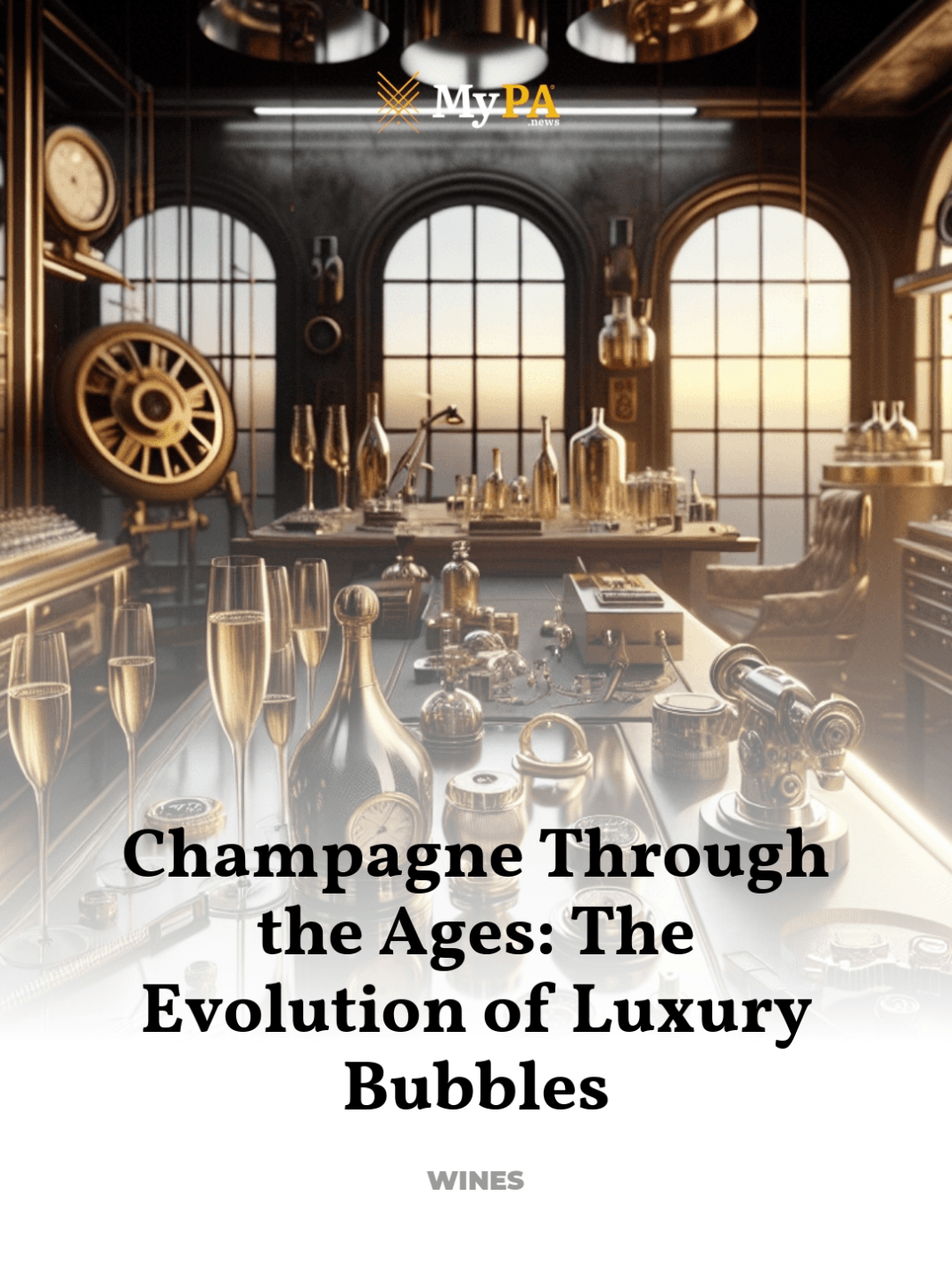How champagne became the ultimate symbol of celebration
The effervescent journey of champagne, from its accidental beginnings to becoming the quintessential toast of celebrations worldwide, is a tale steeped in luxury, innovation, and cultural transformation. This sparkling beverage has not only captivated the palates of millions but has also become a symbol of refinement, achievement, and joyous occasions.
- The Origins of Champagne: A Fortuitous Mistake
- The Art and Craftsmanship of Champagne Production
- Cultural Impact: Champagne in Art, Literature, and Celebrations
- Champagne Today: Innovations and Trends in the Luxury Market
- Celebrating Champagne: More Than Just Bubbles
The Origins of Champagne: A Fortuitous Mistake
The story of champagne is as bubbly as its contents. Originally, the wines from the Champagne region of France were still, not sparkling. The transformation into the sparkling version was largely accidental. During the cold winters, fermentation would prematurely halt, leaving some sugars unconverted. Come spring, the warmer temperatures would kick-start a second fermentation inside the bottle, leading to the creation of carbon dioxide and, consequently, bubbles. This unexpected effervescence was initially deemed a flaw, and early champagne bottles would often explode due to the internal pressure. However, what started as a mistake soon became the beverage’s most enchanting feature.
The Art and Craftsmanship of Champagne Production
The making of champagne is a meticulous process that has been refined over centuries. It begins with the careful selection of grapes, primarily Pinot Noir, Pinot Meunier, and Chardonnay, which are harvested from the Champagne region. The traditional method, or ‘méthode champenoise’, involves a secondary fermentation in the bottle and extended aging on the lees (yeast cells), which contributes to the champagne’s complexity and characteristic flavors. Each step, from the initial pressing to the riddling process where bottles are gradually tilted to collect yeast in the neck, showcases the dedication to craftsmanship that defines luxury.
Cultural Impact: Champagne in Art, Literature, and Celebrations
Champagne’s rise as a symbol of luxury and celebration is mirrored in its frequent appearances in art and literature. From the lavish courts of French kings, where it was served during coronations and royal banquets, to modern-day references in films and songs, champagne has been a constant emblem of festivity and success. Its association with pivotal moments and achievements—be it ship christenings, New Year’s Eve toasts, or podium celebrations in Formula 1—underscores its role not just as a drink but as a cultural icon.
Champagne Today: Innovations and Trends in the Luxury Market
In recent years, the champagne industry has seen significant innovations that cater to the evolving tastes of luxury consumers. These include the development of low-sugar champagnes, appealing to health-conscious drinkers, and limited-edition vintages that emphasize rarity and uniqueness. Sustainability has also become a priority, with many champagne houses investing in organic viticulture and energy-efficient practices to appeal to environmentally aware consumers.
Celebrating Champagne: More Than Just Bubbles
Champagne’s allure lies not only in its delightful bubbles and exquisite taste but also in its storied history and the meticulous craftsmanship behind each bottle. As we raise our glasses to celebrate the milestones of life, we partake in a tradition that has been cherished through the ages—a tradition of luxury, celebration, and exceptional craftsmanship that continues to evolve and inspire.
For further exploration into the world of champagne, consider visiting authoritative sources such as the Official Champagne Website.



